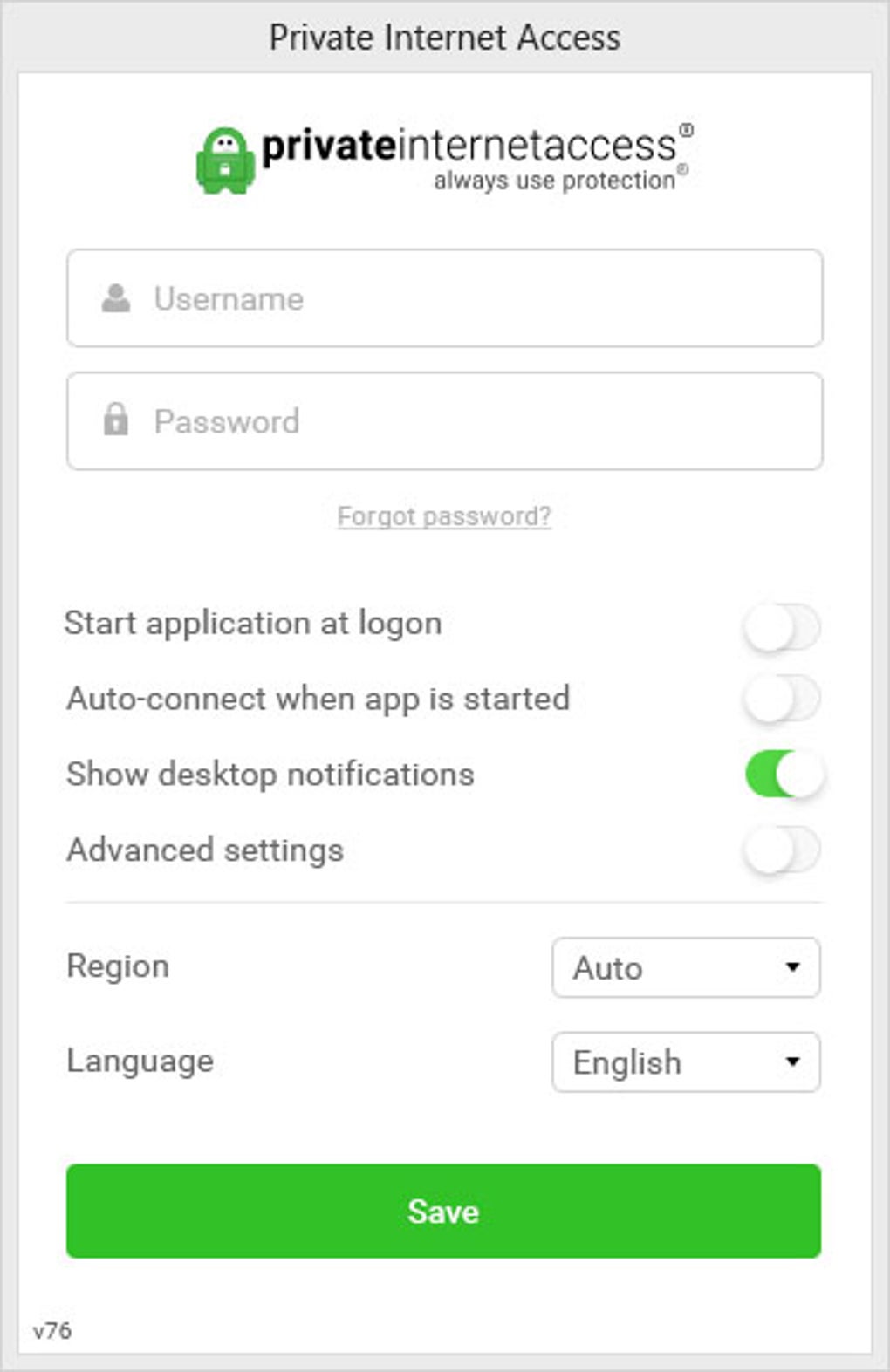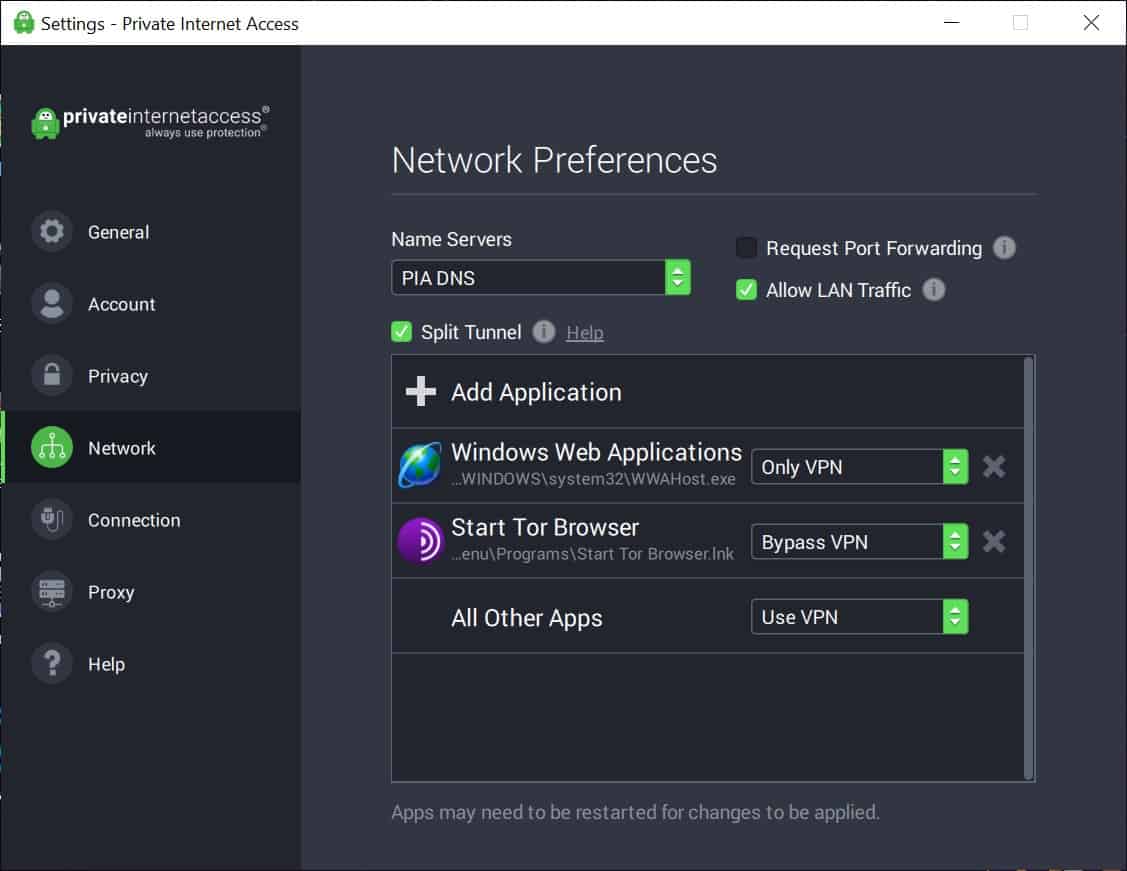
From now, connecting to your newly created VPN server will only be a single click away, offering you the convenience to connect to your home network privately even when you’re traveling abroad or located at a distance to your home.

This completes your VPN server creation process. Fill in other details as per your preferences and press save.Give your connection any name you want and enter the IP address of the machine you have setup the VPN server on in Server name or address field.Networking & Internet settings > VPN > Add VPN Connection.In Windows 10, you can do this by opening: You can connect to the VPN server you have created using the public IP address of the machine you’re hosting the server on.

This will ready your VPN server and it is now capable of accepting connection requests remotely. However, for most users, the most feasible option is to setup the server via your Windows computer.ĩ) Click the OK button and in the next window, click Allow access. To create a dedicated server of your own, you can also take advantage of a Raspberry Pi (a small, portable, hand-held computer), and turn into a server you can carry around with you. The second method is a little more involved than the one mentioned above, because you will manually have to perform the setup on a computer.įor this, you must first have a computer have a computer you can leave turned on 24/7, or at least for as long as you want your VPN session to last.
#How to prperly set up pia vpn windows 10 manual#
It is advisable to consult the manufacturer’s manual and/or customer support for this task. Once you have chosen a router that can host a VPN server, you can configure it via the network interface of your router. The process of flashing is a little more complicated, so simply getting a router that supports VPN server hosting right out of the box can save you a lot of time and trouble, simplifying the whole process a great deal. Some routers offer this functionality by default, while others can be configured to support VPN servers after flashing their firmware with DD-WRT. The easiest way to setup a home VPN server is by using a router that has built-in support for hosting a VPN. I will explain two of the easiest approaches for going about this task: 1. There are different options for successfully creating your VPN sever. This article will help you answer this question and explain the steps needed for setting up a VPN server in your home. If you are running a VPN server of your own at home there are some definite benefits you can obtain on the privacy, security, and accessibility fronts.īut the first question on your mind should be whether it is feasible at all setup a VPN server. At the same time, it gives you some valuable benefits somewhat akin to what paid Best VPN can providers offer.

Setting up a home VPN server can be an interesting hobby if you like to tinker with computer networking concepts.


 0 kommentar(er)
0 kommentar(er)
